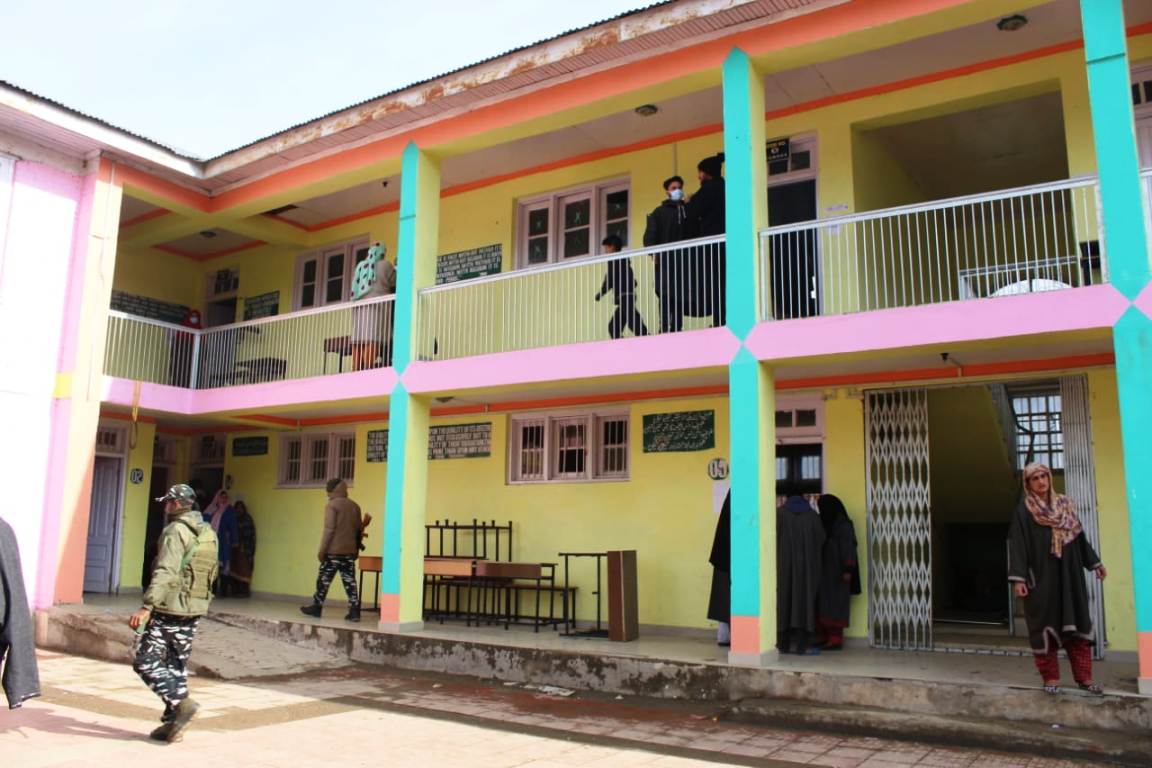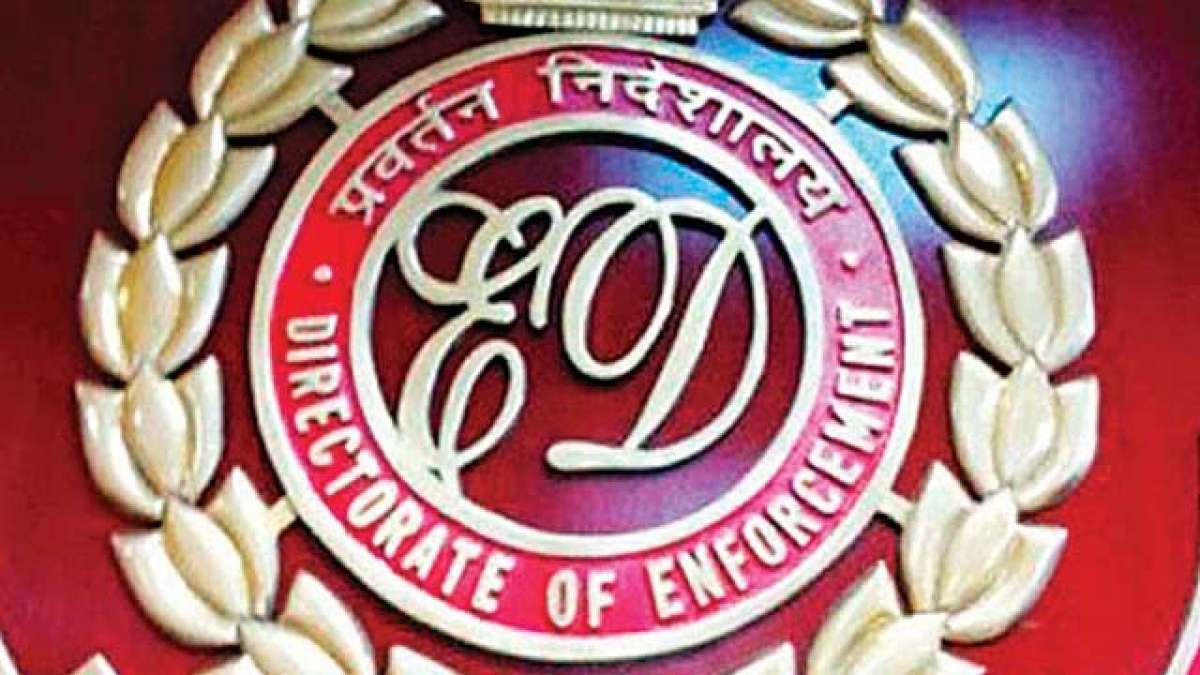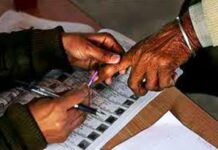by Umaima Reshi
SRINAGAR: The Annual Status of Education Report (ASER) 2022 has presented a grim picture of the education system in Jammu and Kashmir ranging from a dip in enrolment numbers to poor infrastructure and lack of proper sanitation facilities.
As per the ASER report, the enrolment numbers of children in the 6-14 age group has gone down from 58.3 per cent in 2018 to 55.5 per cent in 2022. This dip comes against the backdrop of the school education department claiming that they have been running campaigns across Jammu and Kashmir to increase enrolment. Also, at the national level, there has been an increase in the enlistment of students.
As per the report, 4.8 per cent of children in the 15-16 age group are not enrolled in schools in Jammu and Kashmir.
At the pre-primary level, the report states that in 2022, around 63.6 per cent of infants were registered at Anganwadi Centres. However, the enrolment improved from 31.8 per cent in 2018 to 39.4 per cent in 2022.
The report also highlighted the gender gap in grown-up children in terms of their enrolment in schools. As per the data, girls in the age group of 15-16 years usually drop out of school more than boys.
The report states that the percentage of students undertaking private tuition from up to middle school level has seen a rise from 8.8 per cent in 2018 to 13.8 per cent in 2022.
The ASER survey reveals a gap in learning outcomes among students of government and privately run schools.
“In UT, the private school children were making progress before 2022 and are still progressing. The Government school children were facing obstacles pre-pandemic but are on the move to progression,” the ASER reads.
The report states that the arithmetic level of students in government schools has seen progress over the years. Despite this, only one in four children of 8th standards in government schools can do division, compared to one in two in private schools.
The ASER report also points out that the unavailability of computers for children in schools has come down from 82.8 per cent in 2018 to 71.6 per cent in 2022.
The report revealed an increase in electricity connections in schools which rose from 31.2 per cent to 88.9 per cent in 2022.
The report underlined that the education department needs prompt help in achieving foundational skills in literacy and numeracy besides exerting pressure on grades.
“While many children have not been enrolled, the ones who have dropped, especially girls, need to be brought back,” ASER stated.
The report divulged that 30 per cent of schools in Jammu and Kashmir lack water facilities. In the matter of drinking water, the availability has increased by 15 per cent from 69.3 per cent in 2018.
Furthermore, the annual survey report revealed that around half of schools in Jammu and Kashmir have a paucity of girls’ toilets. It stated that 72.8 per cent of schools have toilets, which are being used by both girls and boys, which signifies that approximately 47 per cent of the girls have a shortage of toilets. However, it has also been seen that there is a 5 per cent increase in the facility since 2018.
The survey was conducted across 20 districts with around 10,924 households and 21,666 children in the age group of 4 to 16 years contacted. The ASER is an annual survey that delivers reliable estimation of children’s schooling status and household research all over India.
“We are trying to fill the learning gaps, and as of now, we are moving towards prosperity. With the adoption of the New Education Policy, this year has been regarded as a year of academic excellence and transformation,” Director School Education Kashmir Tassaduq Hussain said in response to the revelations made by ASER. “The National Achievement Survey has revealed that we have jumped from the 18th position to the 8th position, which is quite an accomplishment.”
He added: “This is a continuous process and we are trying and planning to improve the curriculum and infrastructural issues.”















